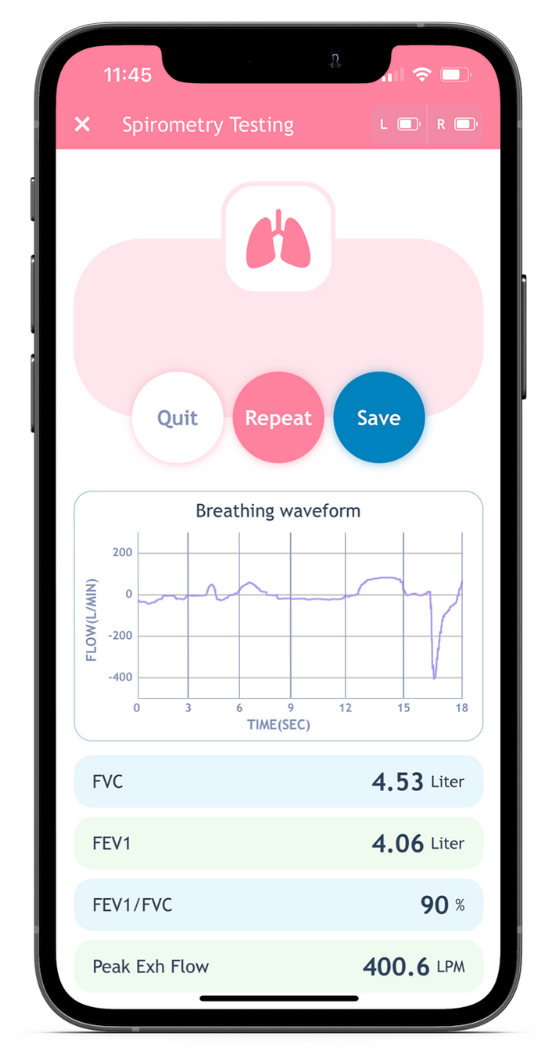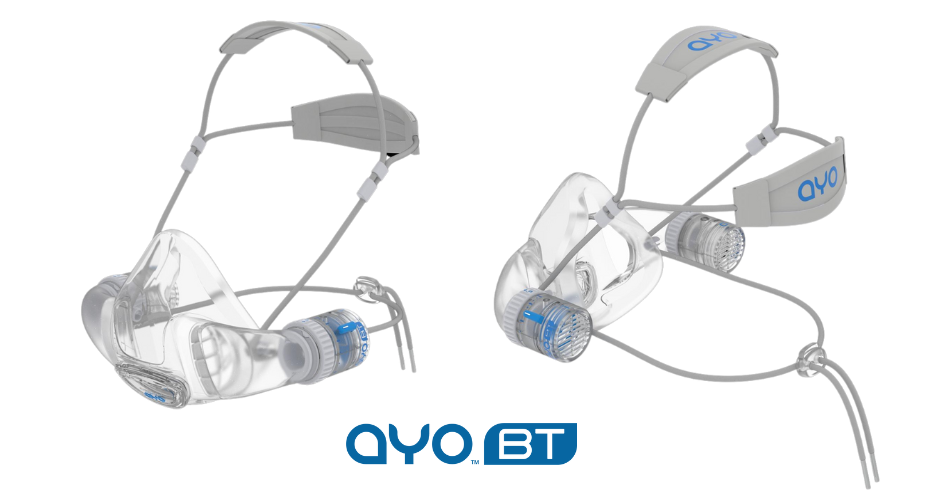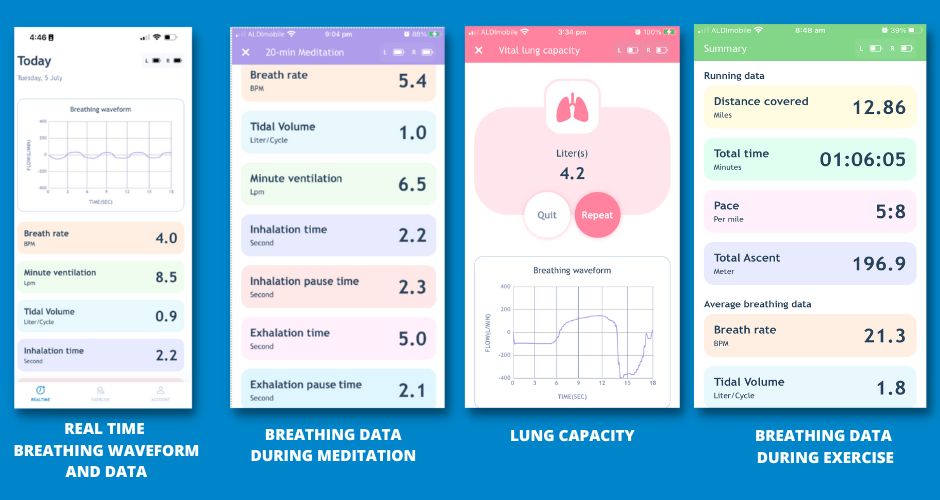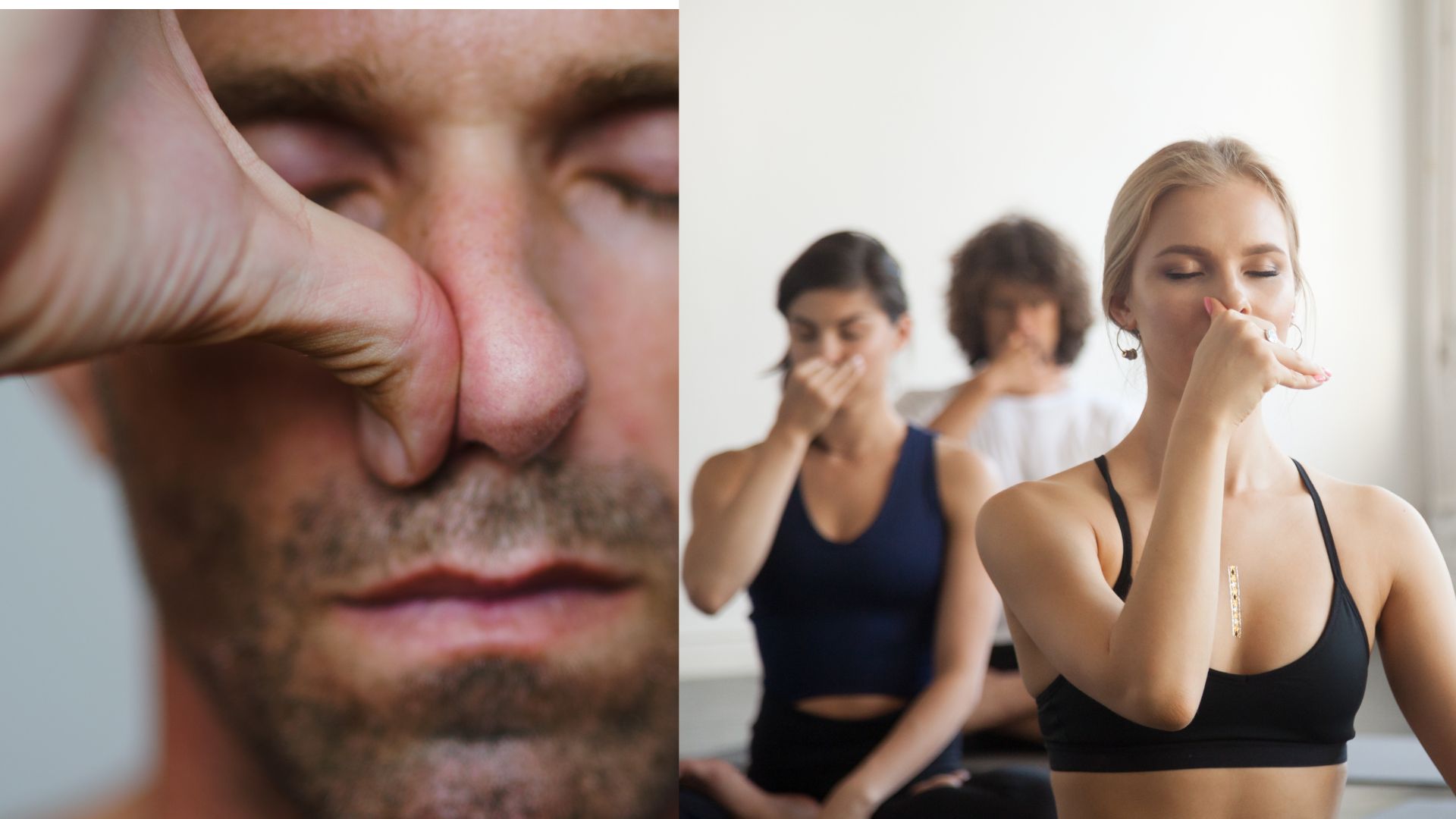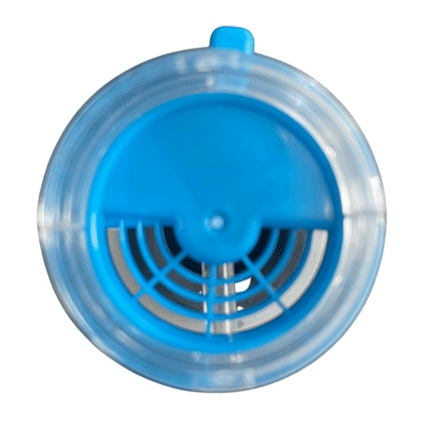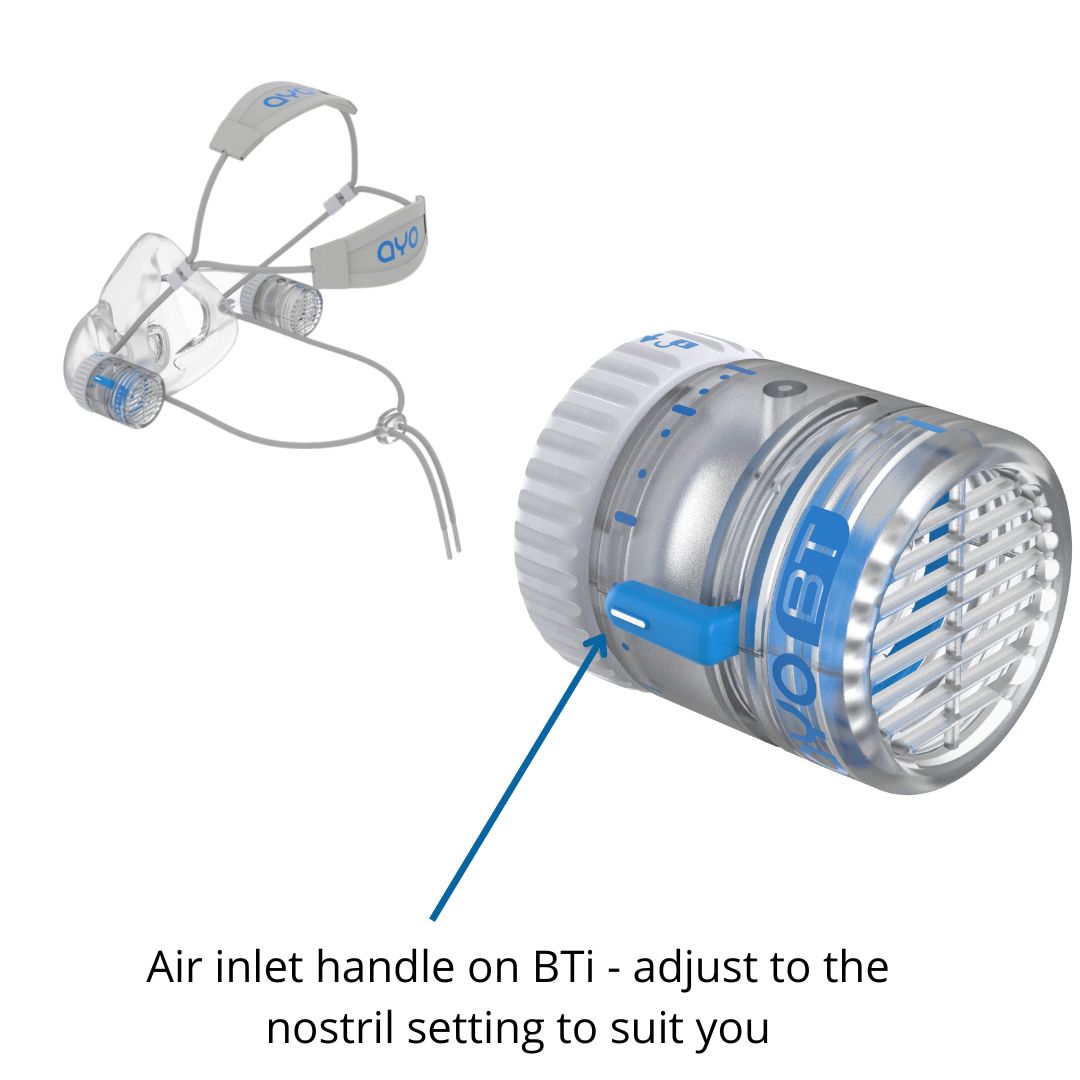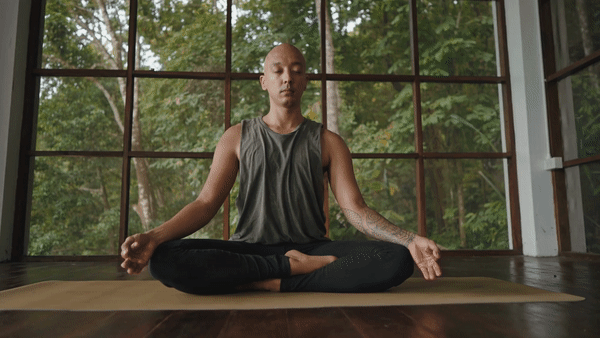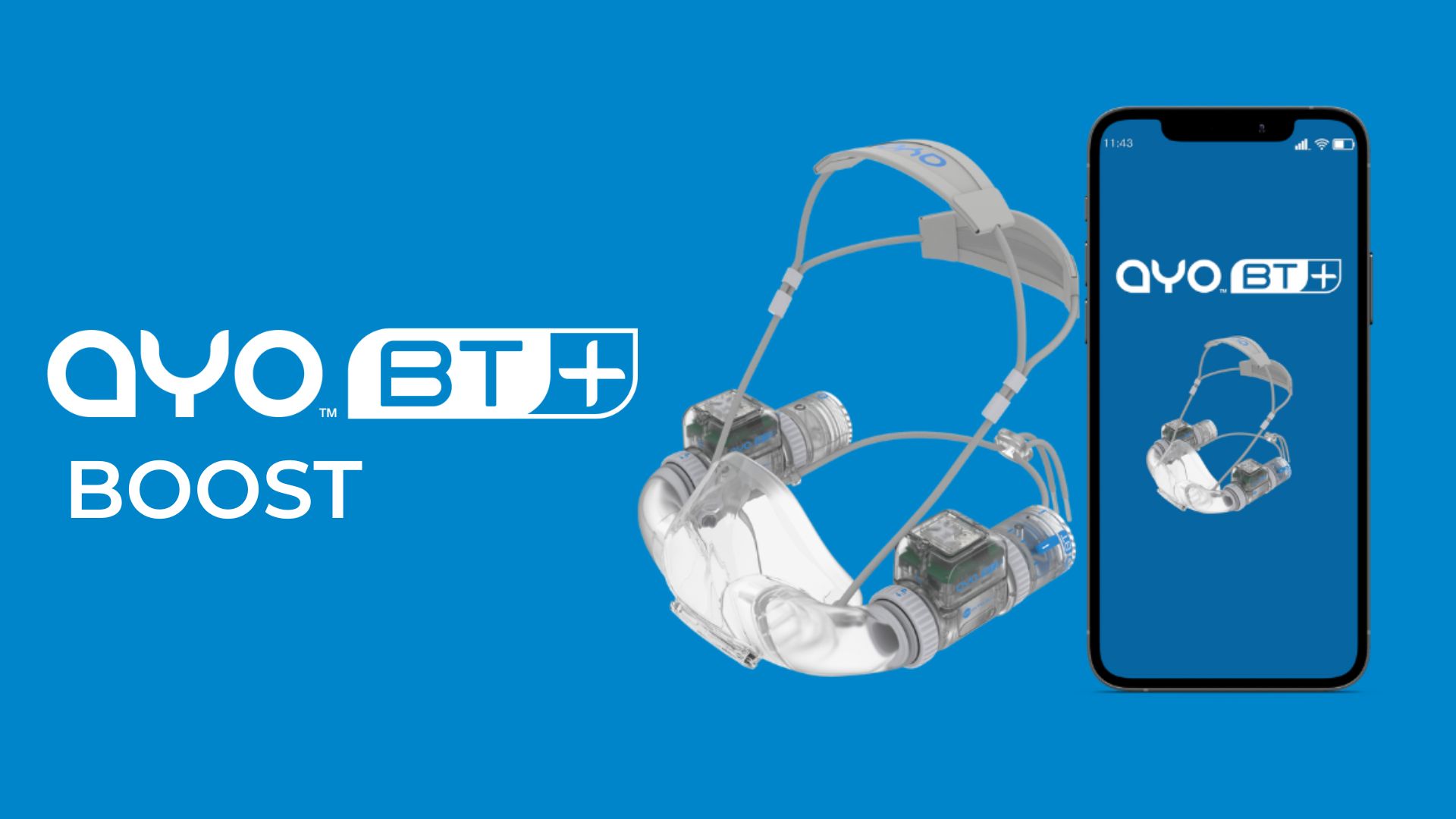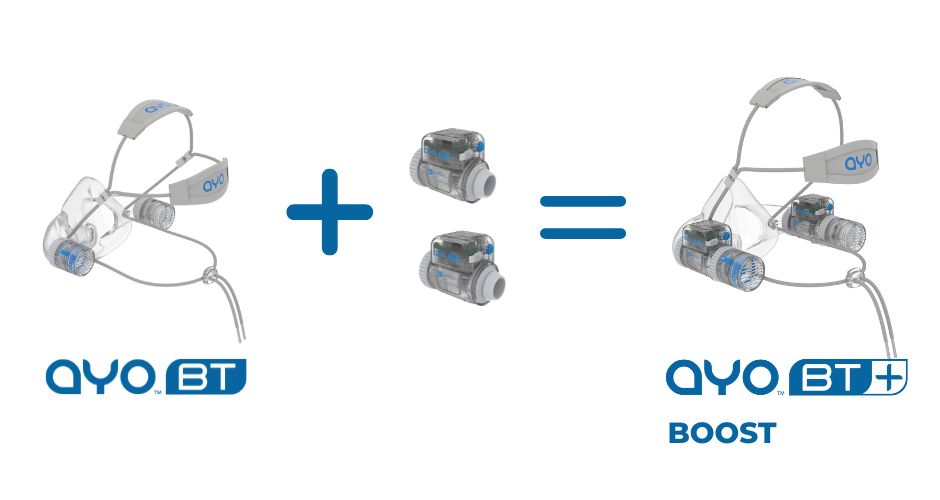Exercise-induced Asthma Management via AYO Breathing Trainer – Part 3
Previous Post:
Exercise-induced Asthma Management via AYO Breathing Trainer – Part 1
Exercise-induced Asthma Management via AYO Breathing Trainer – Part 2
In this post, It will show you how to use the AYO BT+ breathing measurement device to gain data metrics for advanced asthma monitoring and symptom prevention.
- Breath per minute (BPM)
- Minute ventilation (MV)
- Tidal volume
- Inhalation and exhalation time
- Power of breath and work of breath
- Vital lung capacity
- Breath-hold time
- Realtime breathing waveforms
For asthmatics, BPM and MV are two important parameters to monitor first.
You may wonder how much you should limit the air intake. You could of course use your experience or gut feeling, which may not be right at times. AYO BT+ can provide your BPM and MV in your training with instrument-grade accuracy.
- Start with a known intensity of exercise that has been proven to cause no asthma symptoms to you.
- Wear AYO BT+ during the exercise to monitor your BPM and MV.
- Breathe by your diaphragm through your nose only – Shut your mouth!
- Record them as your safe baseline.
- To increase the intensity once you feel comfortable, restrain your desire to breathe faster, instead try to increase each inhalation by pushing your diaphragm down deeper and pause a bit at the end of it, then exhale smoothly bringing your belly in further at the end of it.
- Frequently monitor your BPM and MV to make sure they are not over your safe baseline.
- If you feel much fitter and have no signs of any symptoms after weeks of training, you could cautiously increase the baseline BPM and MV by 10% and use them as a new baseline.
- Always try to restrain your desire to breathe faster.
Exercise-induced asthma is often a temporary condition in which your airways narrow and swell after an intensive exercise. However, at most rest times, you could appear perfectly normal.
This narrowed airway condition can be effectively measured by a type of medical device called a spirometer, which measures Vital Lung Capacity (FVC), Peak Expiratory Flow (PEF), and Forced Expiratory Volume in one second (FEV1), plus the FEV1/FVC ratio.
When your airways are narrowed, your PEF and FEV1 will be lower than normal, thus the FEV1/FVC will be lower than normal too.
Here is a guideline for early warning of asthma symptoms and what you should do:
- If your FEV1/FVC is less than 75% before any exercise, do not do any intensive exercise.
- if your FEV1 and PEF after each exercise are lower than those before the exercise by 15% or FEV1/FVC is less than 75%, you should reduce the exercise intensity next time.
The BT+ APP can measure FVC, PEF, FEV1 and the FEV1/FVC ratio. See image on the right showing the result after you perform the spirometry testing on the app.
In the meantime, stay fit and asthma-free everyone!
